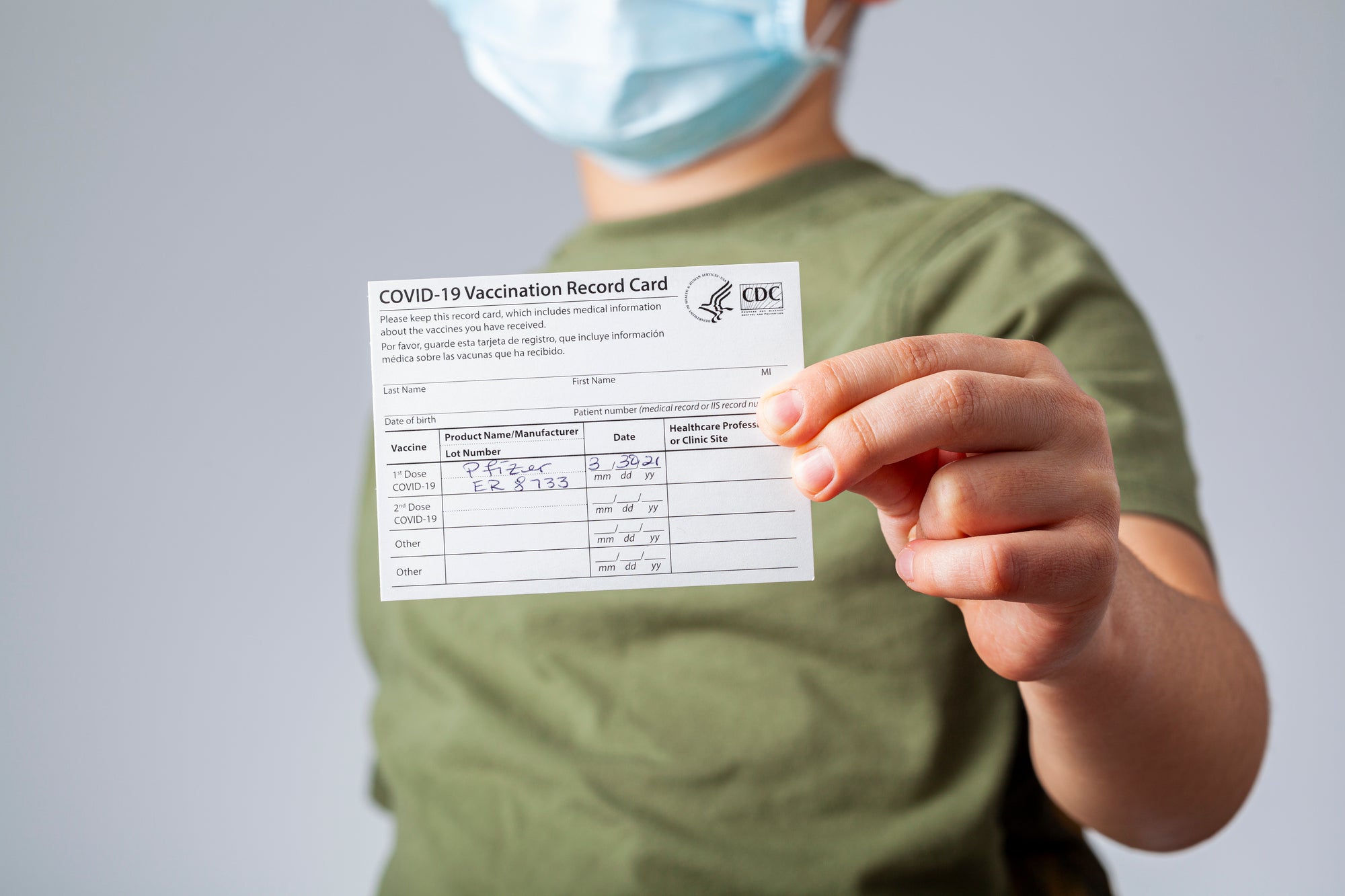LOUISVILLE, Ky. (AP) — A blood test may one day be able to predict whether someone who is pregnant will develop a serious blood pressure disorder months before symptoms show up.
Preeclampsia happens in around 1 of 20 pregnancies, usually in the third trimester, and can cause organ damage, stroke and preterm birth. Pregnancy-related high blood pressure disorders are among the leading causes of maternal death worldwide.
The experimental new test involves detecting and analyzing chemical messages — a form of RNA — from the mom, baby and placenta. It would allow doctors to spot indications of preeclampsia as early as 16 to 18 weeks into the pregnancy, before the appearance of symptoms such as high blood pressure, swelling and protein in the urine. Research published Wednesday in the journal Nature found that the test, being developed by the South San Francisco-based company Mirvie, can correctly identify 75% of women who go on to develop preeclampsia. “It’s often in the first trimester that a lot of the onset of the condition happens biologically,” although symptoms show up late in pregnancy, said Maneesh Jain, Mirvie’s CEO. Detecting preeclampsia after symptoms arise “leaves you very little time to address the challenge. And it’s mostly crisis management.” Diagnosing preeclampsia now involves testing urine for protein, measuring blood pressure and doing other tests if it’s suspected. Treatment can involve bed rest, medication, monitoring at the hospital or inducing labor near the end of a pregnancy. Earlier studies have also suggested circulating RNA could predict preeclampsia. But authors of this study looked at a large and diverse data set, analyzing RNA in 2,539 blood samples from 1,840 women in the U.S., Europe and Africa to get a better sense of how a test could work. After the RNA messages were detected, a computer analyzed them for patterns. Although the test “robustly” predicted preeclampsia in those who got it, the study said, there were also some people it predicted would get the disorder who did not. Dr. Thomas McElrath of Brigham and Women’s Hospital in Boston, the study’s senior author, hopes the test could also be used for the early detection of other pregnancy complications, such as gestational diabetes. Scientists said Mirvie’s approach reveals the underlying biology of healthy pregnancies. And by understanding what those normal RNA “profiles” look like, researchers say they can find early indications of risks for other problems when these patterns differ in particular ways. More research is needed to look closely at how the test might detect these other conditions, they said, and to further validate the preeclampsia results. Jain said it’s too early to say when the test might be available to the public, but he may have a better idea of timing toward the end of the year. McElrath is a scientific advisor to Mirvie and has an financial interest in the company, as do some other authors of the Nature paper. Some are inventors on patent applications covering detection or treatment of pregnancy complications. The study was paid for by Mirvie. Dr. S. Ananth Karumanchi with Cedars-Sinai in Los Angeles, who has done extensive research on preeclampsia but was not involved with the Nature study, said detecting the condition early would allow doctors to make simple adjustments such as giving women low-dose aspirin to delay the onset of preeclampsia. “There’s no question there’s a clear unmet medical need,” Karumanchi said. Looking at the data in the paper, he said, the scientists’ method “appears to be better than the current sort of methods that are being used around the world.” If validated by other studies, “there would be clearly a need for something like that.” Bischoff, who now works for the Preeclampsia Foundation, agreed. When she was about five months along with her son, she said, she felt drained of energy and was gaining more weight than she thought she should be. But when she asked people on her medical team about these sorts of problems, she recalled, she was told things were normal — like many of the other women she’s met who have had preeclampsia. A blood test, she said, “would take out that barrier of having to fight to be heard.” ___ The Associated Press Health and Science Department receives support from the Howard Hughes Medical Institute’s Department of Science Education. The AP is solely responsible for all content.
Note: This article have been indexed to our site. We do not claim legitimacy, ownership or copyright of any of the content above. To see the article at original source Click Here













